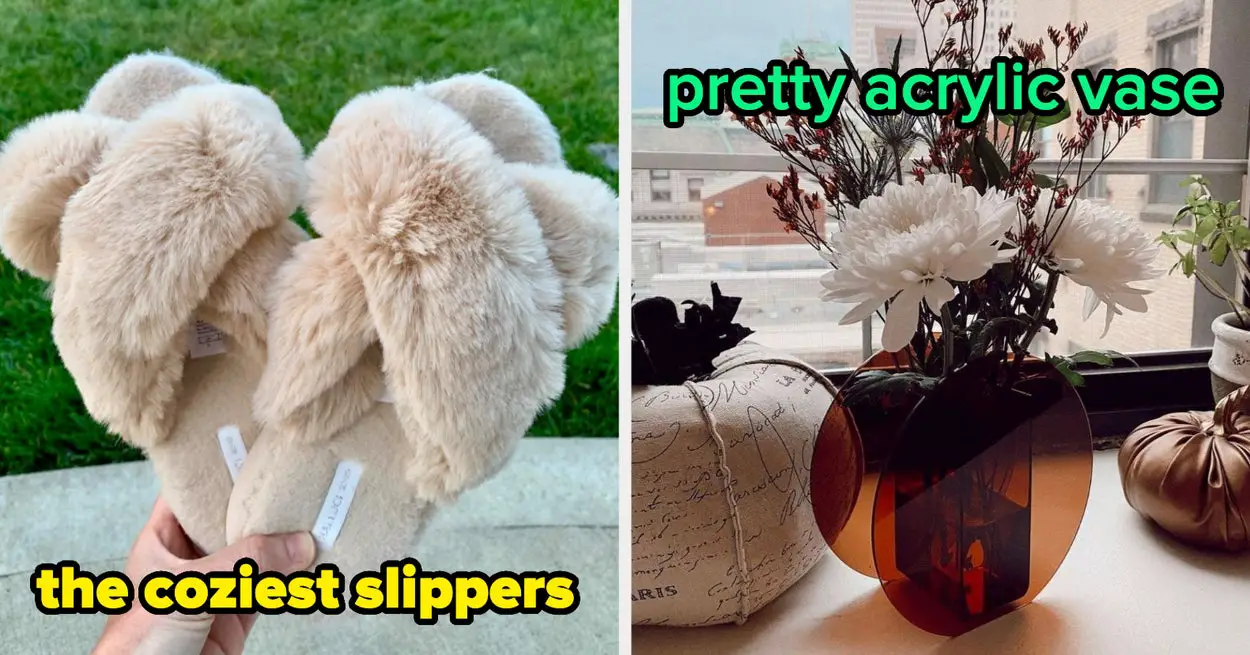An anonymous reader quotes a report from Ars Technica: A survey of plastic waste picked up in the North Pacific Subtropical Gyre — aka the Giant Pacific Garbage Patch — has revealed that the garbage is providing a home to species that would otherwise not be found in the deep ocean. Over two-thirds of the trash examined plays host to coastal marine species, many of which are clearly reproducing in what would otherwise be a foreign habitat. The findings suggest that, as far as coastal species are concerned, there was nothing inhospitable about the open ocean other than the lack of something solid to latch on to. […]
Plastics, especially things like buoys, floats, and netting, are often designed to hold up in the difficult marine environment and could provide a stable home at the top of the water column. To find out whether that was taking place, the researchers collected over 100 plastic debris items from the North Pacific Subtropical Gyre in late 2018/early 2019. While a handful of items could be assigned to either Asian or North American origins, most were pretty generic, such as rope and fishing netting. There was a wide variety of other items present, including bottles, crates, buckets, and household items. Some had clearly eroded significantly since their manufacture, suggesting they had been in the ocean for years. Critically, nearly all of them had creatures living on them.
Ninety-eight percent of the items found had some form of invertebrate living on them. In almost all cases, that included species found in the open ocean (just shy of 95 percent of the plastic). But a handful had nothing but coastal species present. And over two-thirds of the items had a mixed population of coastal and open-ocean species. While the open-ocean species were found on more items, the researchers tended to find the same species repeatedly. All told, coastal species accounted for 80 percent of the 46 taxonomic richness represented by the organisms identified. Significantly, the coastal species were breeding. In a number of cases, the researchers were able to identify females carrying eggs; in others, it was clear that the individuals present had a wide range of sizes, suggesting they were at different stages of maturity. “One thing that struck the researchers was that the list of species present on the plastic of the North Pacific Subtropical Gyre was distinct from that found on tsunami debris,” adds the report. “Part of that may be that some items swept across the ocean by the tsunami, like docks and boats, already had established coastal communities on them when they were lost to the sea.”
The findings were published in the journal Nature Ecology & Evolution.
Source link










Leave a Reply